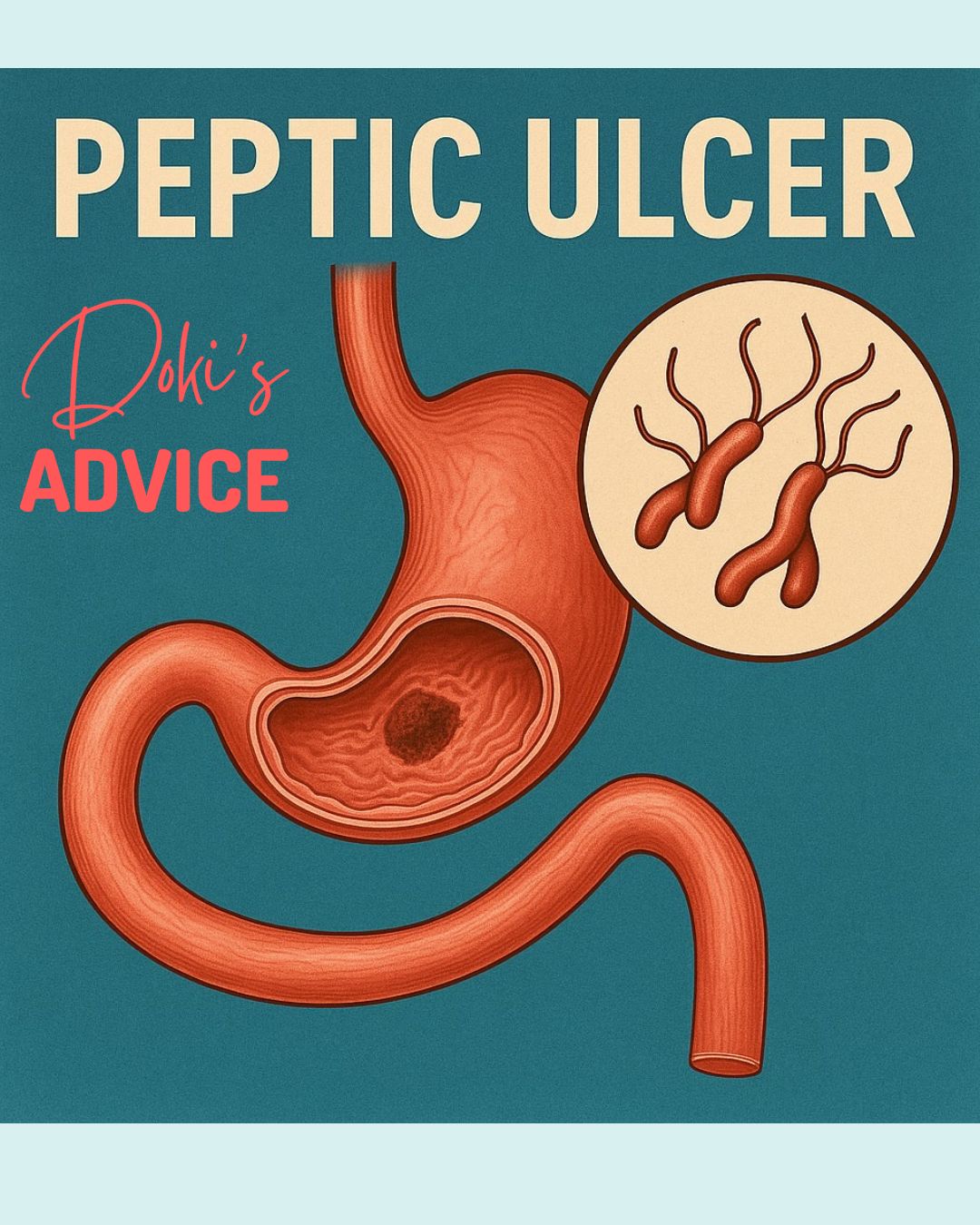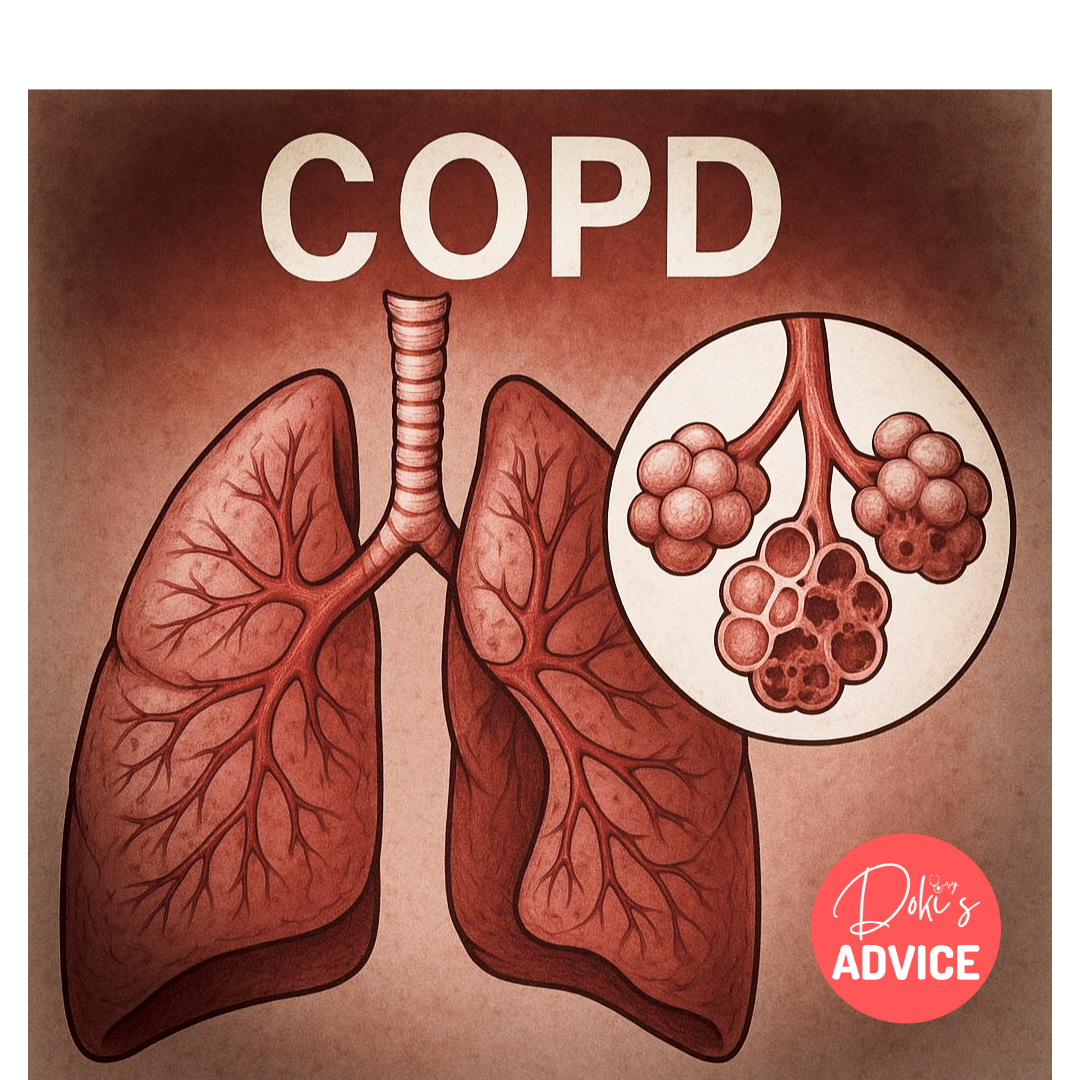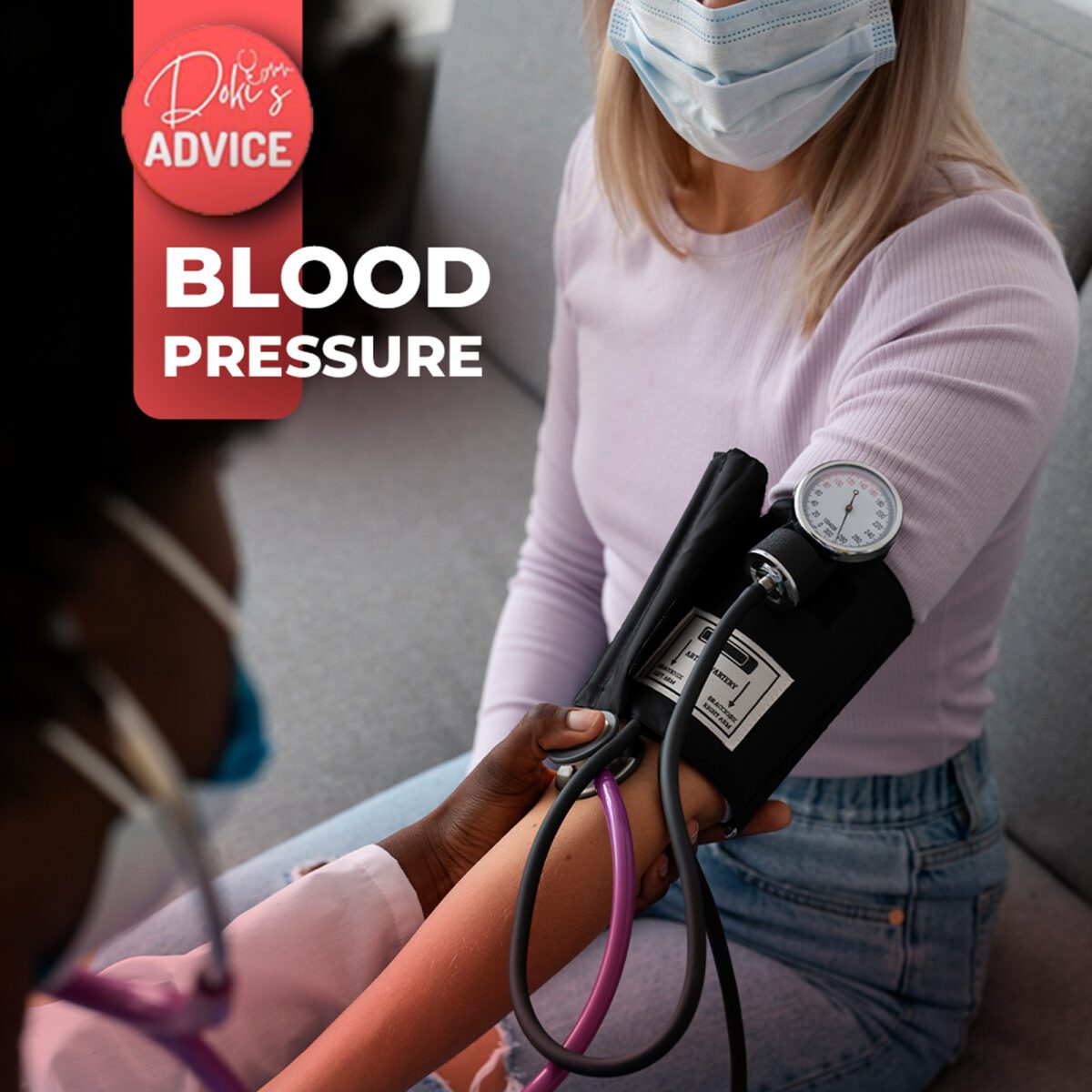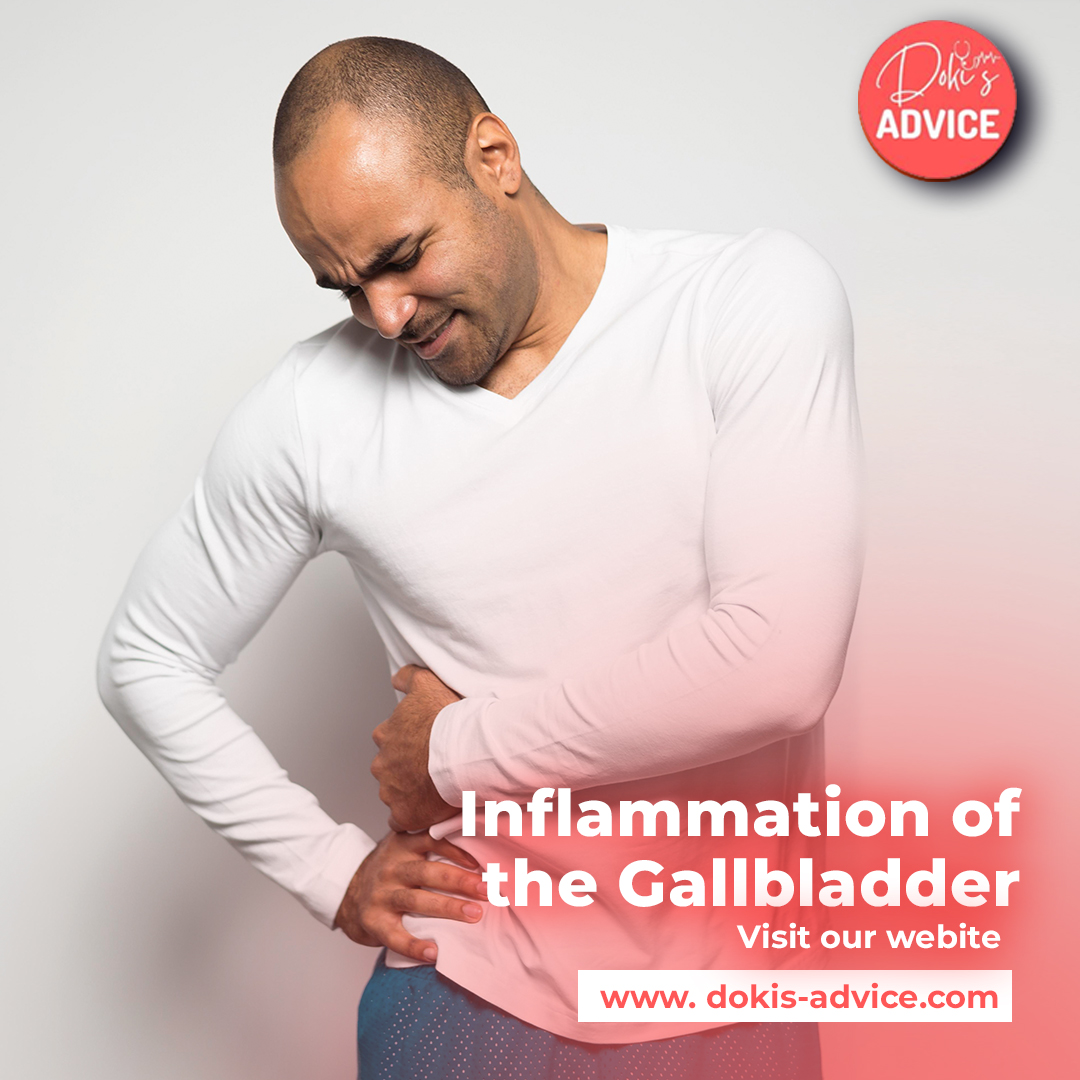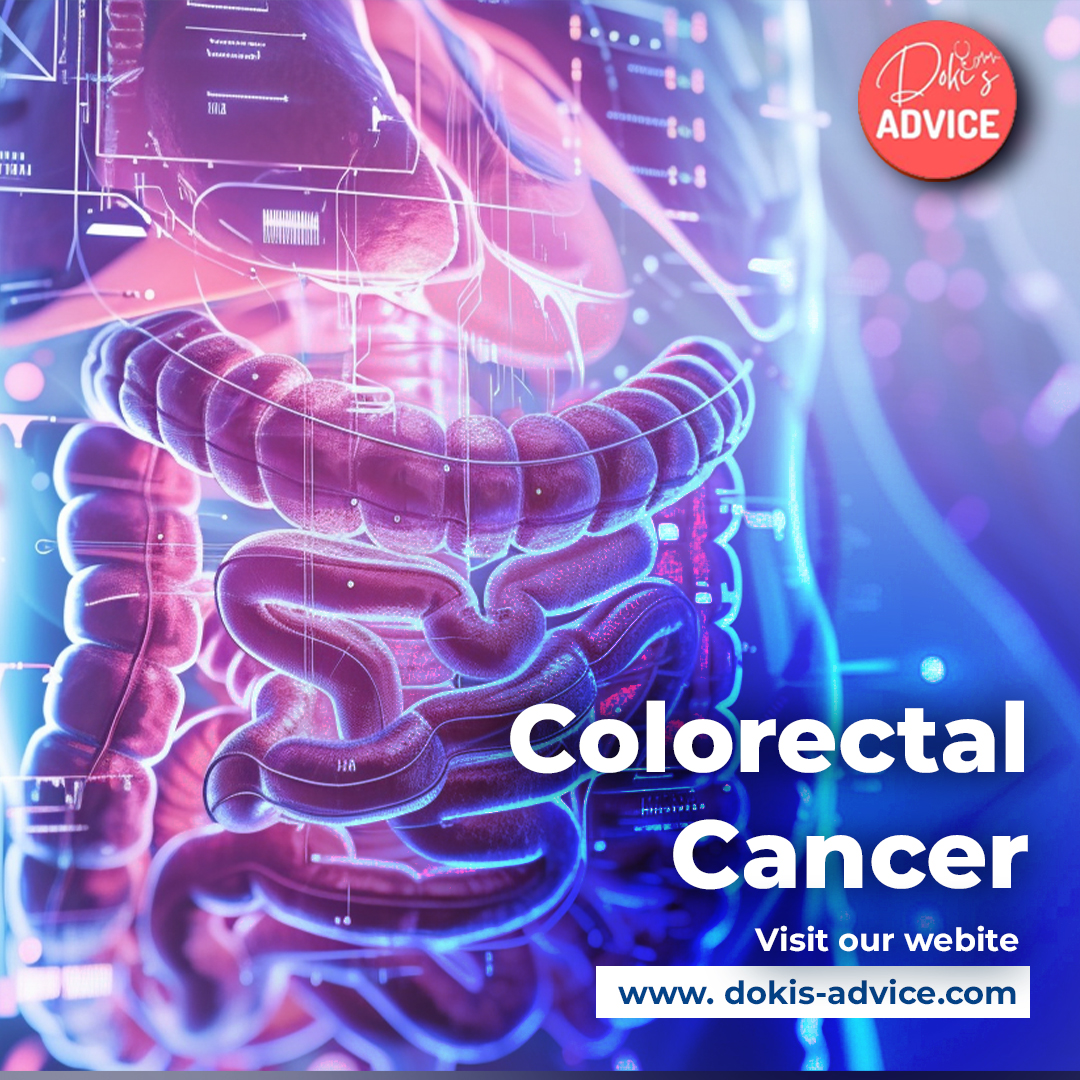What is an ulcer?
Imagine the inside of your stomach or intestine is like the wall of a house.
- An ulcer is like a hole in that wall – the injury goes deep, beyond the surface.
- An erosion is a scratch that stays more on the surface and doesn’t go as deep.
How common is it?
- In East Africa, around 15% of people have peptic ulcer disease – that’s about 1 in every 7 people.
- Both stomach and duodenal ulcers are frequent, with duodenal ulcers often more common.
- The duodenum is the first part of the small intestine, directly after the stomach.
- It’s about 20–25 cm long (around 10 inches).
- Shaped like a C or horseshoe.
- It wraps around the head of the pancreas.
- It has four parts: the superior, descending, horizontal, and ascending segments.
- This is where most chemical digestion begins:
- Stomach acid mixes with food (chyme).
- Bile from the liver/gallbladder helps digest fats.
- Pancreatic juice (enzymes + bicarbonate) helps break down carbs, proteins, and fats, and neutralises acid.bicarbonate) helps break down carbs, proteins, and fats, and neutralises
- Ulcers affect men and women, though duodenal ulcers tend to be a bit more frequent in men.
What causes ulcers?
- Bacteria – Helicobacter pylori
-
- Lives in the stomach lining.
- Found in most duodenal ulcers and many stomach ulcers.
- Medicines – especially painkillers
- NSAIDs (like ibuprofen, aspirin, diclofenac).
- Risk is even higher if combined with cortisone tablets.
- Other risks: Smoking, alcohol, stress , age over 65, chronic illnesses (e.g., kidney disease).
- Rare causes: Hormone problems (overactive parathyroid), very high acid production (Zollinger-Ellison syndrome), severe illness or major surgery (“stress ulcers”).
What’s happening inside the stomach?
- The stomach makes acid to digest food but also protects itself with mucus and good blood flow.
- Ulcers develop when the balance is broken:
- H. pylori → increases acid + weakens mucus.
- NSAIDs → block protective prostaglandins.
What are the symptoms?
- Burning or gnawing pain in the upper belly.
- Pain improves with food (duodenal ulcer).
- Pain worsens right after food (stomach ulcer).
- Indigestion, bloating, nausea.
- Serious signs: vomiting blood, black stools.
- Sometimes no symptoms until complications.
How are ulcers diagnosed?
- Stomach endoscopy allows doctors to see inside and evaluate the stomach.
- Biopsies: check for H. pylori and rule out cancer (important for stomach ulcers).
- Blood or stool tests can also detect H. pylori.
How are ulcers treated?
- If caused by H. pylori: Antibiotics + acid blocker (PPI) for 1–2 weeks → “eradication therapy”.
- If caused by medicines: Stop/reduce painkillers, use safer alternatives, take PPIs.
- General treatment: PPIs for 4–8 weeks, avoid smoking and excess alcohol.
- If bleeding: Doctors stop it during endoscopy (clips, injections). Surgery is rare.
Key takeaways for everyday life
- Around 1 in 7 people in East Africa may have an ulcer.
- Most ulcers heal with the right treatment.
- Always test for H. pylori if you have an ulcer.
- Never ignore black stools, vomiting blood, or sudden severe stomach pain → hospital immediately!
- Don’t overuse painkillers like ibuprofen or aspirin. If needed long-term, ask your doctor about protection with PPIs.
Interactive “Check Yourself”
Which of these might raise your risk of an ulcer?
A) Smoking
B) Taking ibuprofen daily
C) Drinking alcohol heavily
D) Helicobacter pylori infection
E) All of the above
Answer: E – all of them!

